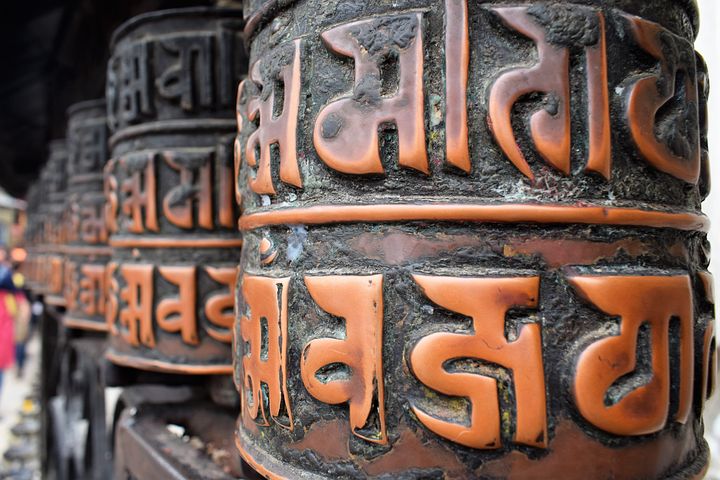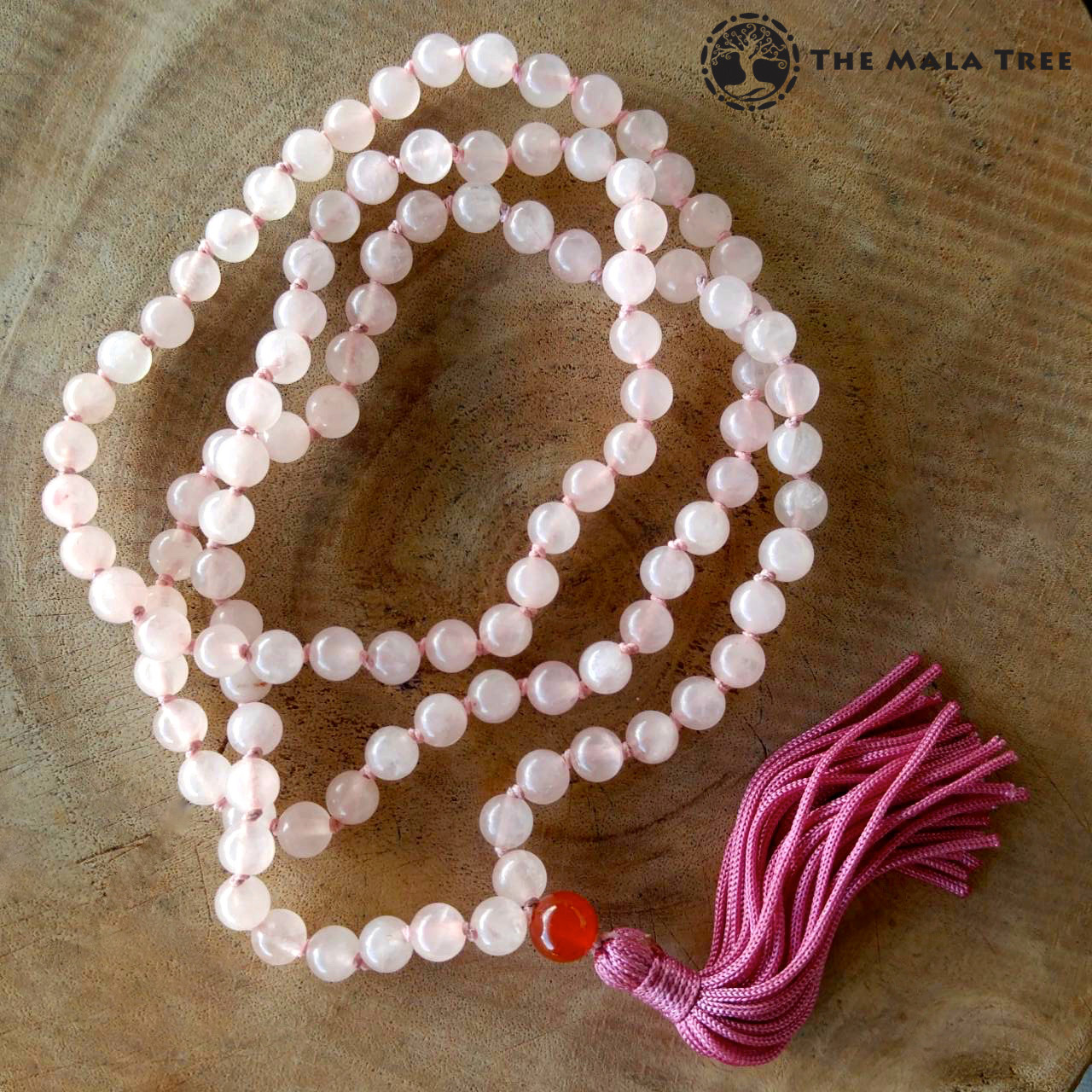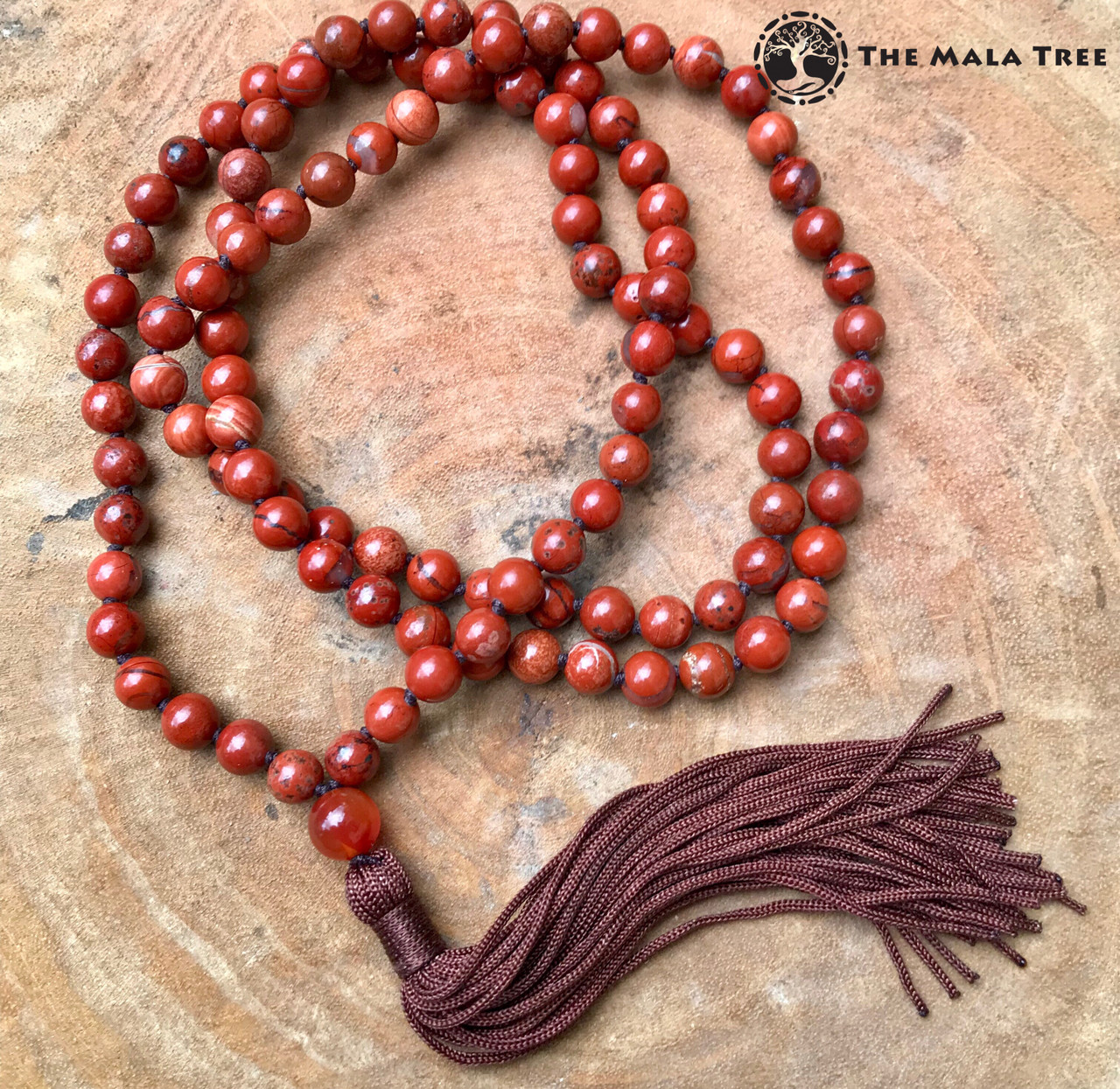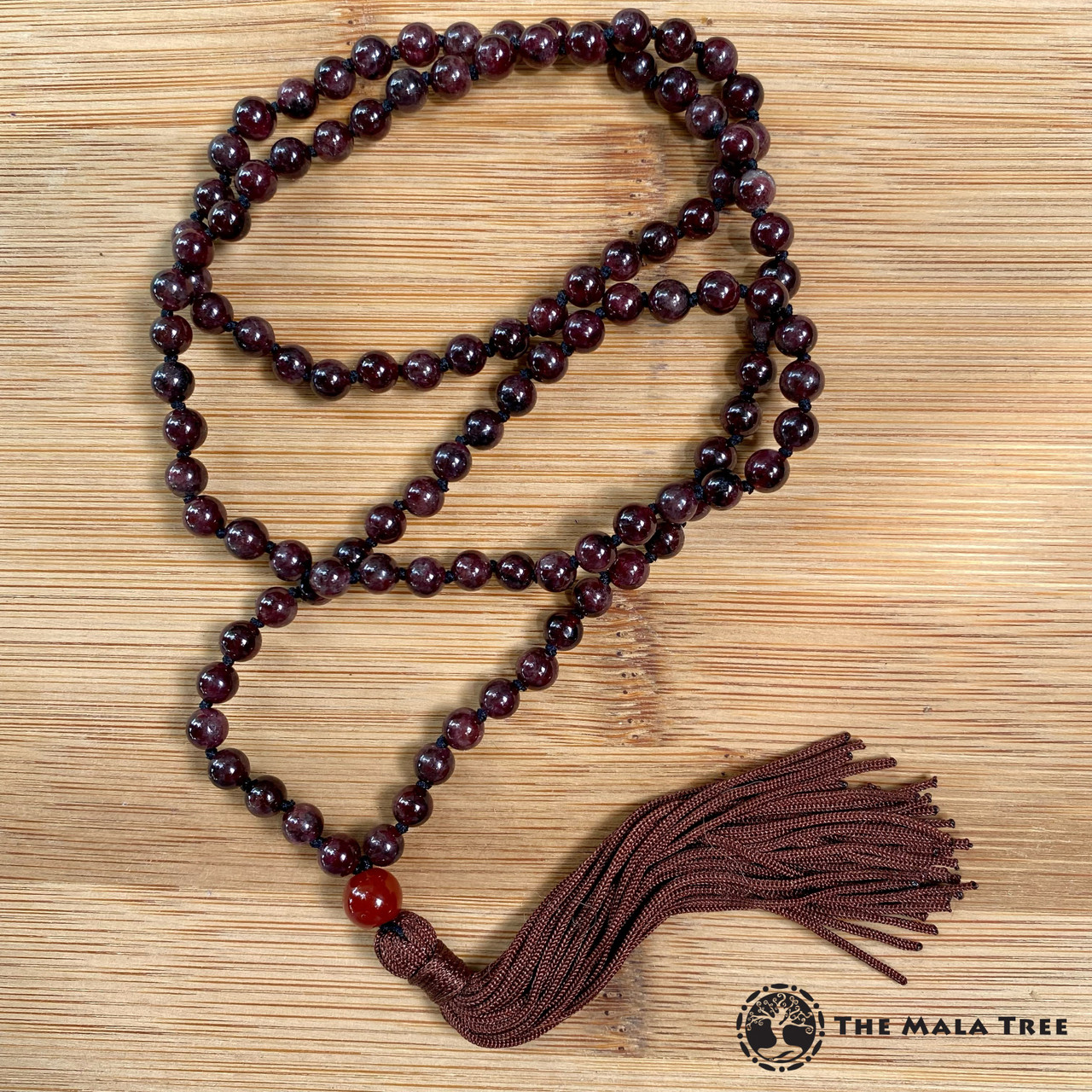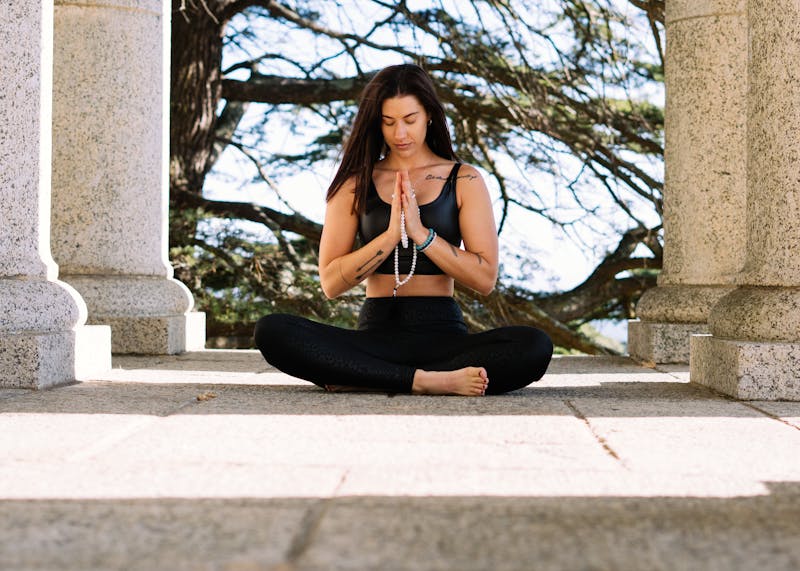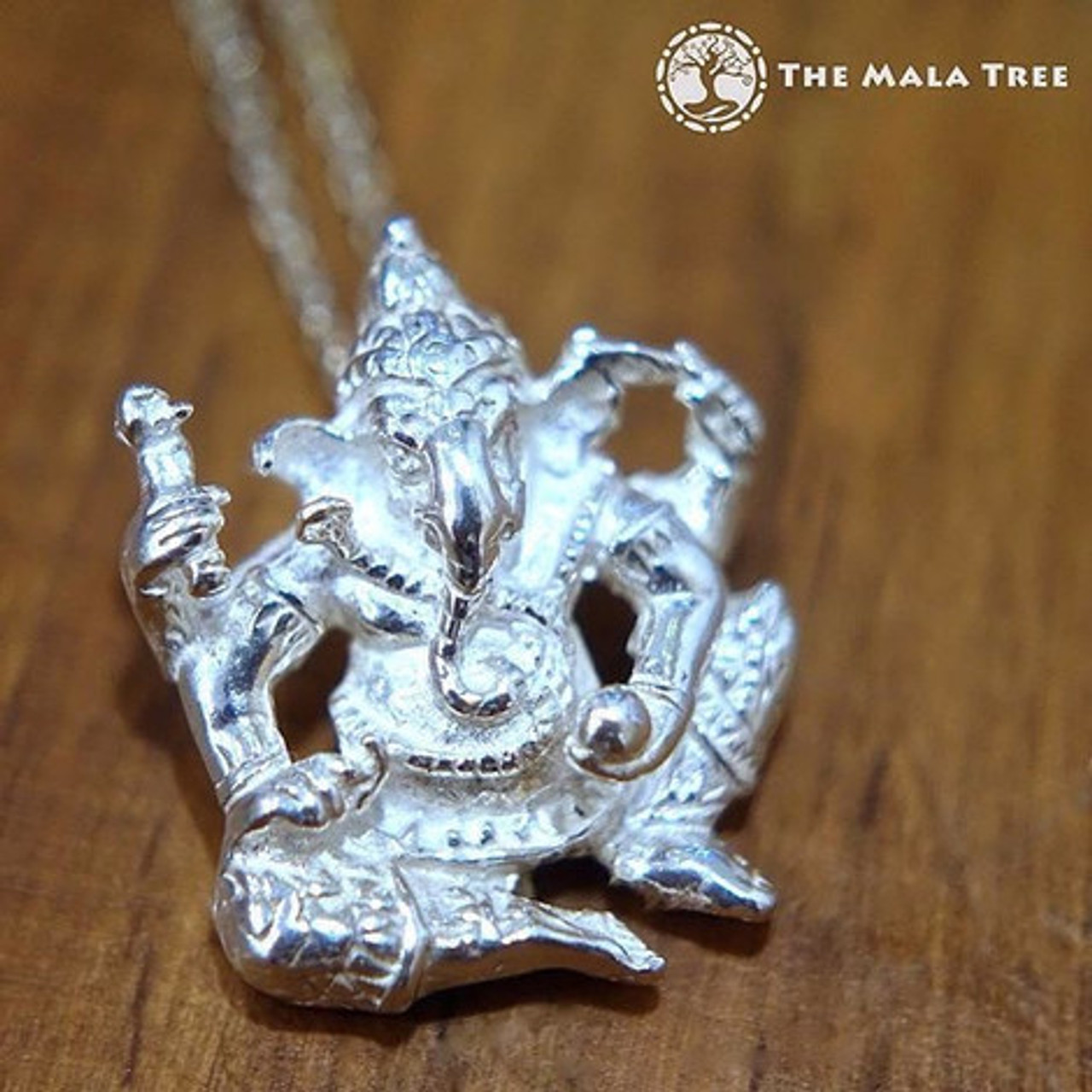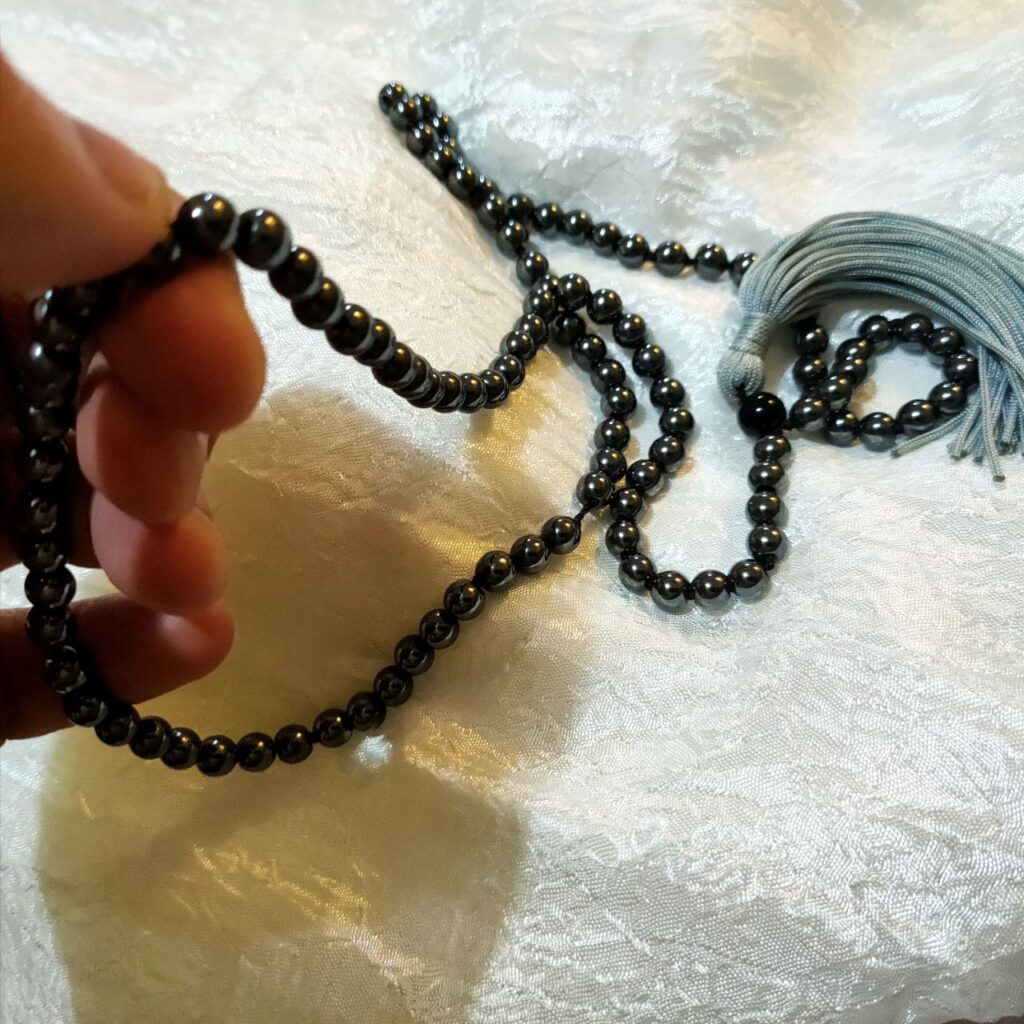Mala beads are an important tool for anyone who wants to take meditation seriously and can be used in a variety of ways to support your practice.
If you are just beginning to use a Mala, hold it out in front of yourself so that you can get an idea about its shape, dimension, and parts. The parts of a Mala has their respective spiritual significance.
The tassel is a symbol of completion, signifying you’ve gone all the way around your Mala for one full meditation cycle. The guru bead represents wisdom and knowledge from deep within oneself as well as guidance received.
Aside from using the Mala as a necklace or a bracelet to benefit from the metaphysical properties of the stones or seeds, you may use it as a tool for breath control and meditation. You can use an Aventurine Mala to manifest abundance, a Black Tourmaline Mala for protection, or a Yellow Calcite Mala to grant your wishes. The Mala Tree has hundreds of these necklaces that you can choose from.
How to use a Mala? Read on.

Breath Control
There are many ways to meditate, and one of the most simple ones is just paying attention to your breathing. It can be done anywhere, and your Mala can help you do this.
Pranayama is the practice of breath regulation that has been used for centuries. It’s an important component in yoga, which helps provide physical and mental wellness by strengthening inhale-exhale breathing patterns while also calming your nerves through various poses.
Here are the steps to use a Mala to control your breath:
1. With one hand, hold your Mala.
2. Let it hang down from your fingertips for easier manipulation. Place your thumb and middle finger around one of the beads next to the guru bead. Do not use the forefinger as it represents the ego, which is the main obstacle to enlightenment.
3. Inhale and exhale.
4. Slide your fingertips to the next bead, taking a breath in between each one.
5. You need to finish with the guru bead. This will be 108 breaths.
6. To do this process again if you like, just move your fingers the opposite way until you reach the guru bead.

Mantras and Affirmations
A meditation mantra is a phrase, word, or sound that you may use to assist you to focus your attention during meditation. “Om” is a popular one, but there are numerous others like “Om Shanti” or “Om Namah Shivaya.”
You may also make your own comforting or soothing mantra or affirmation like “I am calm,” “I am safe,” or “I am loved.”

Here are the steps to use the Mala for Mantra Chanting:
1. With one hand, hold your Mala.
2. Let it hang down from your fingertips for easier manipulation. Place your thumb and middle finger around one of the beads next to the guru bead. Do not use the forefinger as it represents the ego, which is the main obstacle to enlightenment.
3. Recite your preferred mantra or affirmation. You may say it softly, loudly, or keep it to yourself. It doesn’t matter how you do it as long as you feel comfortable with it.
4. Slide your fingertips to the next bead, reciting the mantra or affirmation in between each one.
5. You need to finish with the guru bead. This will be 108 breaths.
6. To do this process again if you like, just move your fingers the opposite way until you reach the guru bead.

Meditation by Holding
Mala beads are a great way to help you focus attention. Its feel and its subtle vibration can be calming, distracting your mind from thoughts to provide an escape for just enough time needed before returning with some mental regrouping at hand.
The rolling motion on these sacred strings helps remind us that we should always begin where our physical bodies end – whether they’re touching fingertips together or holding one string between two fingers. all energies flow towards their source no matter what form they take.
As they roll through your fingers and glide against one another it reminds us that we are not alone in this journey. Our thoughts don’t need their full attention just like our bodies do not require our 100% at all times. Musing over these things brings about a sense of peace which allows for deep reflection while maintaining awareness throughout every moment, making mindfulness meditation much easier.

A Mala is a beautiful piece of jewelry that can be used for many purposes. It is a necklace that typically has 108 beads, plus a guru bead. The guru bead is larger than the other beads and is used as a focus point when reciting a mantra. Malas can be used to keep track of how many times you have recited a mantra, or they can be used as a tool to help you focus on your meditation practice. Additionally, Malas can be worn as a necklace to show your spiritual commitment.


